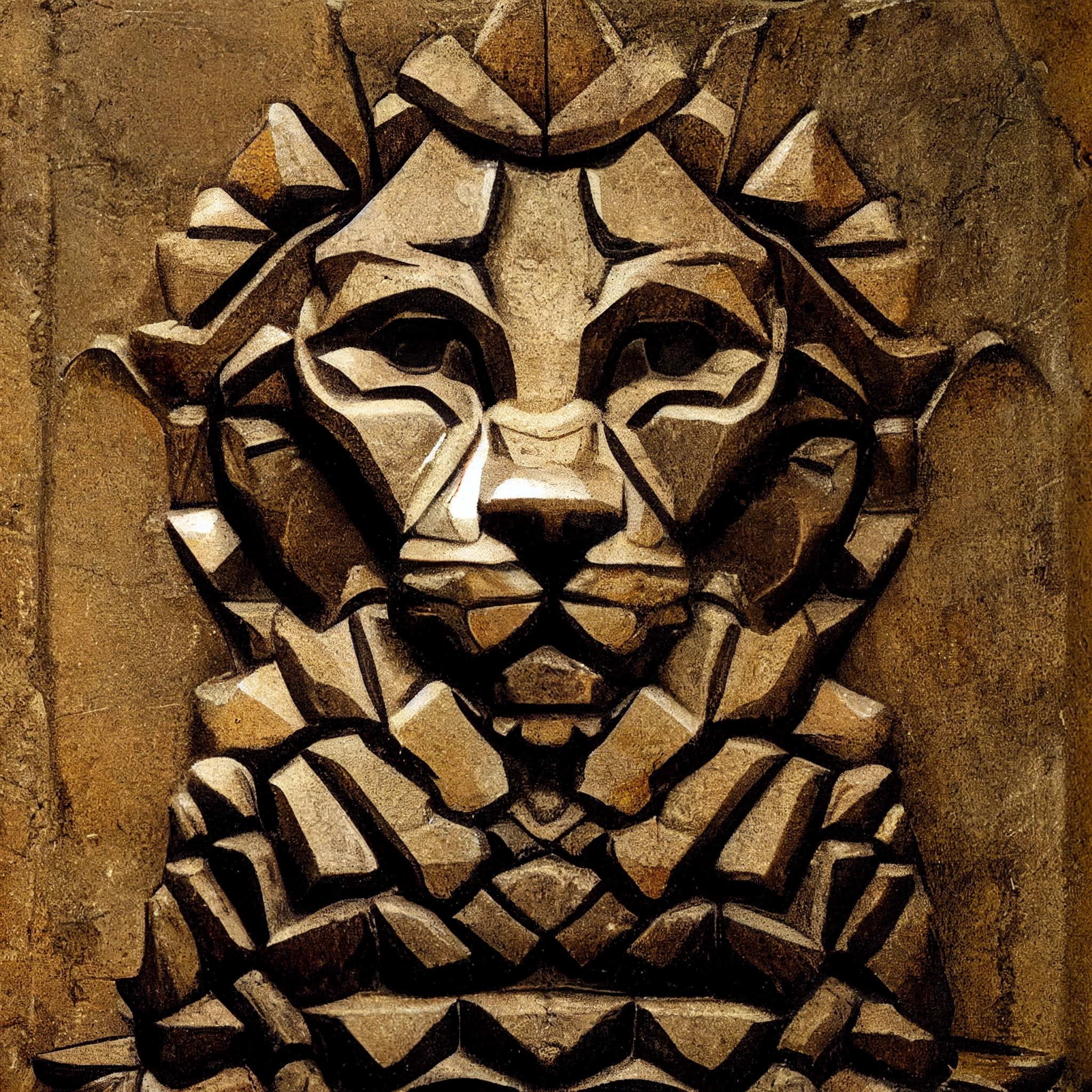
The Mountainfold
Extinction
As Gomma and his supporters meditated in their temple, j'barri warriors were slaying Yunbad defenders outside. When the assailants began beating down the temple door, the floor began to rumble. The wind became cold and strong. Dust and ash started flowing like water in a river. Viewers from the distance said that they saw the caps of the mountains rise upward before turning and collapsing upon the bases. It looked as if the mountains were folding. The j'barri in the mines, including Nil Hra, were crushed. Those who were lucky fell to their deaths. At best, there were 3 or 4 (alleged) survivors on the mountain range itself. During this time, the fires of Hawumad went dark. Onlookers of the disaster said they saw an entity rise from the clouds of dirt shrouding the destroyed mountains. They say it looked as if a "giant draped in sheets, dust, and ash emerged from the clouds. At least the size of the mountains themselves. I had a hand reaching from its chest and the shape of a man." Then, its shape fell back into the dust, disappearing. This caused the complete extinction of the Yunbad race, along with the loss of their culture and history. Black dust and debris fell from the mountains in the waters of Brillé, poisoning the lake for 80 years. Any Yunbad that may have survived would not have been able to show their faces in Kala or Brillé after this. Legends about this event are still created to this day. Some believe that the giant "being" that showed from the mountains was Hod. Some think it was J'bar in a different form. Some think it to be a god unaccounted for. Most believe that whatever this being is was responsible for causing this war and impersonating Riiji/Denpa. Others think that two separate beings did the impersonation. More grounded scholars claim that the 'gods' were just an easy excuse for the greed and bloodlust of the rulers. The alleged being of the mountains is simply called the "Being Unknown" or "The Impersonator."






